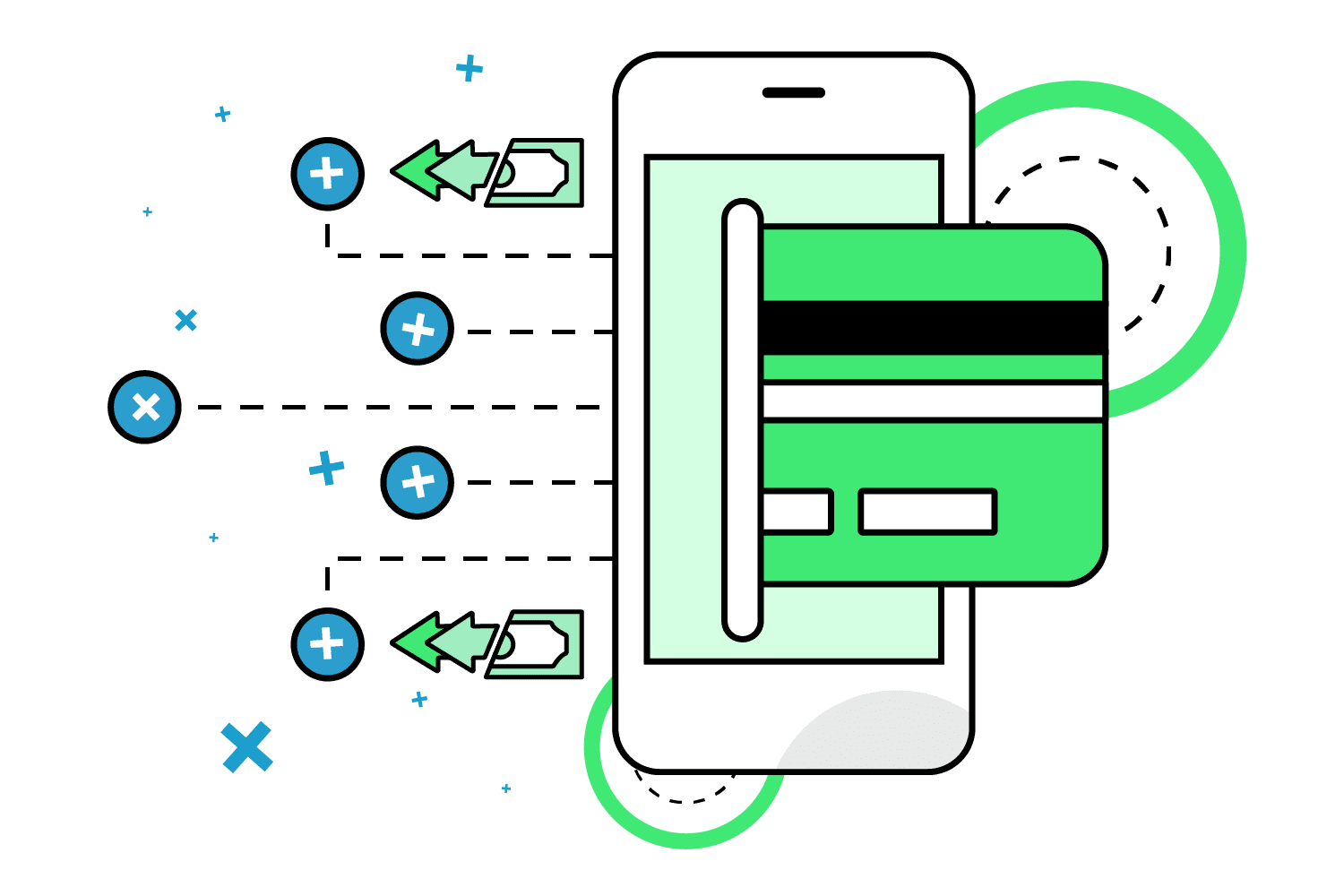Table of Contents
Isn’t a Non-Financial Institution Still a Financial Institution?
Ok, so maybe it’s not the best name. After all, you wouldn’t call a bicycle a non-skateboard. Just like you wouldn’t call a horse a non-cow or an airplane a non-bird. You see where I’m going here. But sometimes—even despite personal intuition, common sense, and logical rationalization—ridiculous things still happen. (Think presidential tweets or the Walmart yodeling kid’s rise to fame or Storm Area 51—the list goes on.) Still, we generally know it’s never a good idea to name something based on what it’s not.
This brings us to NBFI or better known as non-bank financial institutions. Here we will focus on the question: What is NBFC? What are NBFC examples? What’s their purpose? What are the functions of NBFC? And how do they fall into the traditional banking landscape?
What Makes an Organization a Non-Bank Financial Institution?
Anything that isn’t a financial institution is technically a non-financial institution. But when we talk about non-financial institutions in the context of the Canadian banking landscape, what organizations are we really referring to?
We’re referring to a group of financial service providers that do not have a full banking license. They still provide financial services and often lending solutions, which is why “non-financial” really isn’t the best way to describe these organizations. Not only is it a poor name—it’s inaccurate.
The main difference between banking and non banking financial institutions is that non-financial institutions are not authorized deposit-taking institutions. This is the important part. It means they can’t accept deposits from the Canadian public. And since they can’t accept those deposits, they can’t offer the typical banking products like chequing or savings accounts, and they can’t offer short-term term deposits or Guaranteed Investment Certificates (GICs) What is a Term Deposit?
Because of this distinction, non-bank financial organizations have to acquire their funds from other sources. As a result, many of them work with investors in order to generate the necessary funds they need to provide loans or other lending products. This approach is the underlying model used for the majority of alternative lenders in Canada. What is Alternative Lending?
What Are Some Examples of Non-Bank Financial Institutions (NBFI’s)?

non banking financial institutions examples (NBFC)
This brings us to another name for something based on what it’s not. The non-bank.
Sometimes referred to as nonbank lenders, these non banking financial institutions are often focused on other industries. In many cases, it’s their success in other industries that provide them with a funding source for their lending products.
Let’s take General Motors. This is a North American automaker. Its core business is manufacturing vehicles and producing cars and trucks for the global market. But General Motors also operates a financial services arm known as General Motors Financial Company. This non-bank provides retail loan and leasing programs to their auto customers through auto dealers, as well as commercial lending solutions to help dealers finance and grow their business.
This isn’t unusual, either. Many successful retail companies and manufacturing companies have launched credit card programs and lending operations in order to offer financing and payment options to their customers, which in turn helps them sell more products.
The Takeaway: Non-Financial Institutions Don’t Take Deposits
There are many creative ways non-financial institutions acquire funds. Many of them use those funds in order to offer alternative lending products or financing solutions. But some non-financial institutions don’t offer lending or payment programs at all. Insurance companies are a perfect example of NFBI/non-financial institutions that don’t offer loans or lending products. Instead, they generate their funding source from premiums that they collect from their customers.
So, if financial instructions and non-financial institutions both offer financial services, then what’s the difference? Well, it all comes down to where the institution gets its funding. The easiest thing to remember is that non-financial institutions don’t take deposits.
And, yes. We did just define non-financial institutions by defining what they don’t do.
Sources:
https://www.bankofcanada.ca/2019/03/non-bank-financial-intermediation-in-canada-an-update/
https://en.wikipedia.org/wiki/Non-bank_financial_institution
https://www.worldbank.org/en/publication/gfdr/gfdr-2016/background/nonbank-financial-institution
Comments are closed.





